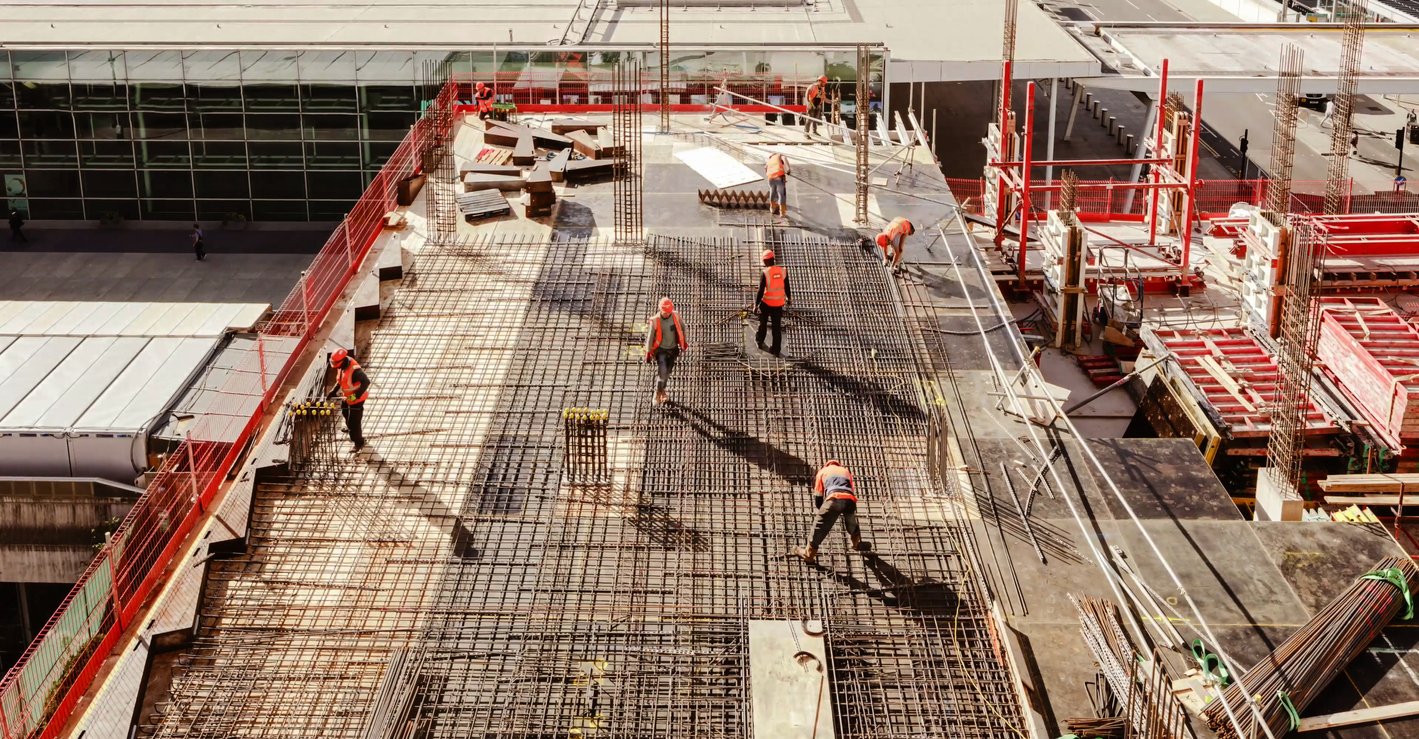Throughout the business world, risk management is an important part of the operational puzzle. For certain higher-risk sectors such as construction, assessing and mitigating risks before they lead to an injury or property damage makes financial sense. Risk management is typically built on a foundation of property and casualty protection, combined with strategies for reducing construction risk exposures. For Utah construction operations, Utah heavy construction insurance serves as the backbone of a comprehensive risk management plan. Along with this insurance protection, construction company owners must gain an understanding of how to better manage risks to protect both workers and company assets from losses.
Why Risk Management?
Construction companies face many risks in their daily operations. Construction sites are often chaotic places filled with heavy machinery, personnel, and equipment. Each of these components represents the potential for a serious injury. By identifying the risks inherent in the industry and on the job site, and by controlling those risks, construction companies can reduce their impact. This is the goal of risk management – to protect workers and business assets from harm.
Along with Utah heavy construction insurance, risk management practices help control unforeseen expenses, delays, and issues that can derail even the best-planned construction project. By protecting employees and the equipment they rely on with a risk management plan, projects are more able to be completed on time and on budget.
Common Construction Risks
While there are many risks associated with the construction trade, the most common risks fall into one of five broad categories:
- Safety Risks – including workplace hazards that can lead to injury or death.
- Legal Risks – disputes over contracts and subcontracting as well as general/professional liability exposures.
- Financial Risks – economic factors like unexpected costs, competition, and decreases in sales.
- Environmental Risks – including natural disasters like floods or storms as well as pollution spills or jobsite contamination.
- Project Risks – including delays in completing projects, inadequate management oversight, and supply chain deficiencies.
Comprehensive Utah heavy construction insurance is designed to protect against many risks in the construction industry. Still, risk management practices like identifying and mitigating risks before they can cause injury, cost overruns, or property losses supplement even the best insurance protections.
Construction Risk Management: Identify, Plan, Execute
In any industry, risk management forms a series of practices that help to overcome a wide range of operational challenges. The construction sector is no different. Construction risk management strategies are comprised of three major elements: identification, planning, and execution.
First, construction managers must identify the risks unique to a given project. These risks can include safety hazards, new equipment, personnel training, and financial considerations. To best identify project risks, it is always a good practice to engage with the entire project team, including employees, managers, and contractors. After the risks are identified, managers must prioritize them in order of likelihood. High-probability risks, especially those that can have a major impact on project safety and completion, should take precedence. Those less-likely risks can be assigned a lower priority.
Once the risks are identified and prioritized, it is time to form a plan. A risk management plan offers guidance on what to do and how to respond if an incident should occur; examples are employee injuries, natural disasters, or contract disputes. By planning, construction companies can optimize their responses to any emerging threat. The plan should include processes for addressing safety and worker training, what to do in case of contractual disputes, and reporting mechanisms if workplace incidents should occur. The best plans include information about the insurance coverages; Utah heavy construction insurance can be tailored to the unique risk exposures construction companies face on any given project.
Finally, execution of the plan takes place. Identified risks can be mitigated, such as removing hazardous materials or conditions to protect worker safety. Certain risks can be transferred, such as to insurers or subcontractors. For risks that potentially threaten the entire project, such as building in storm- or earthquake-prone areas, construction companies must make tough decisions – including steering clear of those projects altogether.
Utah heavy construction insurance offers broad and comprehensive protections against many risks, but even the best insurance policy can be overwhelmed by risk-prone conditions. By taking the steps to manage risks associated with a project, construction companies can control costs, protect workers from harm, and complete projects to the satisfaction of stakeholders.
About BTC Insurance Services
Founded in 2011, BTC Insurance Services has proudly served Utah businesses with comprehensive and custom-tailored insurance coverages for a decade. We pride ourselves on fostering long-term client relationships with a personalized and hands-on approach, and have established a reputation built on quality and transparency. For more information about our products and services, we invite you to contact one of our reputable agents today at (855) 944-3457, or send us a message here.



